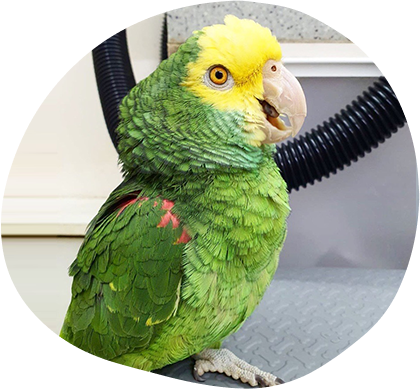Taking care of your furry friend means making grooming a regular habit. It’s not just about keeping them looking and smelling great; it’s also about their health and happiness. Regular grooming can help avoid things like skin infections, matting, and other problems that can pop up if you skip it. Plus, it’s a great way to bond with your pet.
If you’re new to pet grooming or want to improve your techniques, here are some top tips to help you out:
Brushing techniques in mobile pet grooming
Regular brushing removes loose fur, prevents tangles, and keeps a pet’s coat looking neat. The right brush depends on the pet’s hair type. A slicker brush is useful for long-haired breeds, while a bristle brush works well for short-haired pets. During mobile pet grooming, professionals often use different brushes to match the pet’s coat, ensuring a gentle and thorough process. Short, even strokes reduce discomfort and make brushing more efficient.
Bathing for a clean and healthy coat
Using the right shampoo and lukewarm water provides a comfortable bathing experience. A mild shampoo suited for the pet’s skin type helps avoid irritation. Wetting the coat completely before applying shampoo ensures even coverage. Massaging the shampoo in gentle circular motions cleans the skin while improving blood circulation. Rinsing thoroughly removes all soap residues, preventing dryness or itchiness after the bath. Drying with a soft towel or pet-friendly dryer keeps the coat smooth and free from excess moisture.
Nail trimming for safety and comfort
Long nails may cause discomfort and affect the pet’s movement. A pet nail clipper or grinder is useful for keeping nails at a proper length. Holding the paw gently and trimming small portions at a time prevents cutting too close to the quick. For pets that are sensitive to nail trimming, positive reinforcement and treats encourage a stress-free experience. Checking nails regularly helps avoid overgrowth and related issues.
Ear cleaning to prevent discomfort
Ears collect dirt and wax over time, which may cause irritation. A soft cotton pad with a vet-approved ear cleaner removes buildup safely. Cleaning should be done carefully to avoid inserting anything deep into the ear canal. Regular checks ensure the ears stay clean without excessive wax accumulation. If a pet shows signs of ear discomfort, a visit to the vet is recommended.
Using the right grooming techniques improves a pet’s hygiene and overall comfort. Brushing, bathing, nail trimming, and ear cleaning are essential parts of the process. Each task requires patience and suitable tools to make the experience smooth for both pets and owners.
